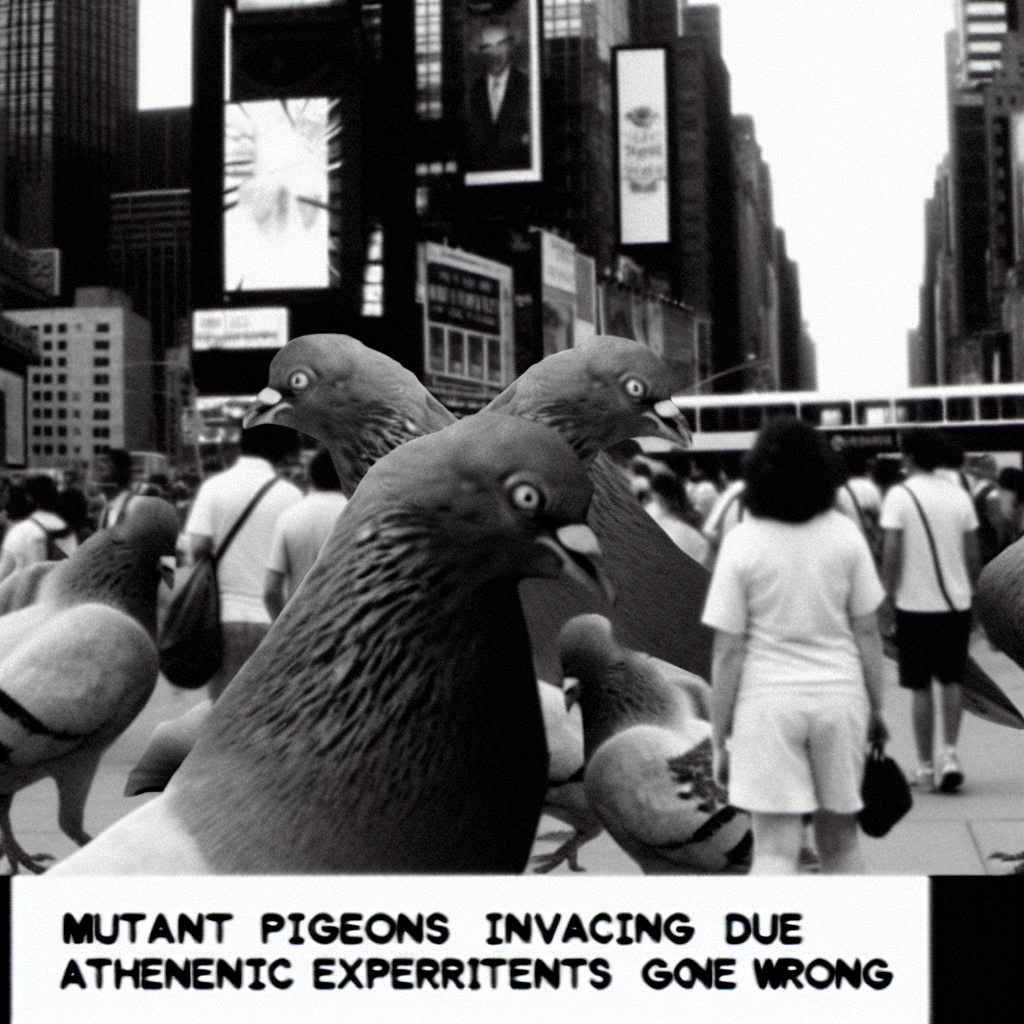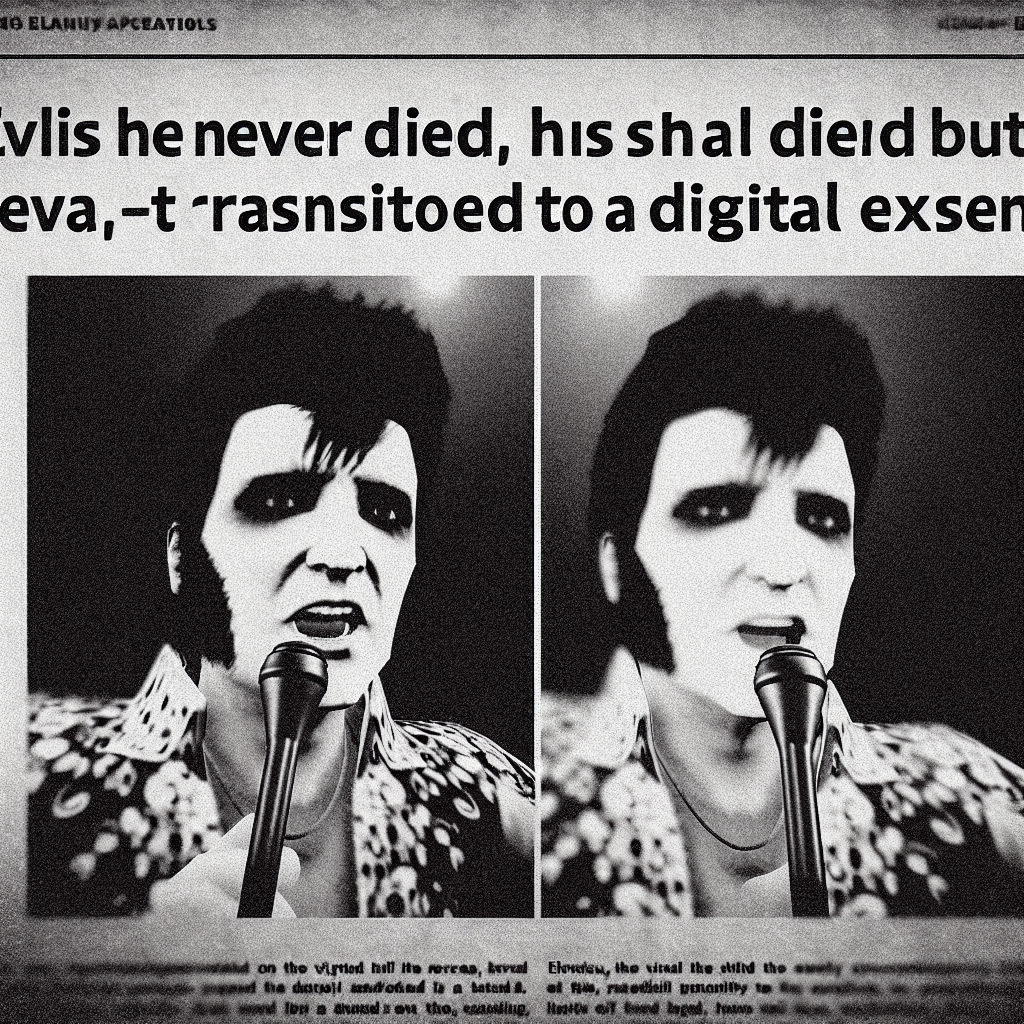Zoom Meeting Participant Discovers Lower Half of Body Has Vanished
Remote worker realizes legs disappeared in March 2020 and nobody noticed
PORTLAND, OREGON – In a shocking discovery that has rocked the remote work community, local software developer Marcus Chen, 34, made the startling realization during a routine Monday morning Zoom call that his entire lower body had completely vanished sometime during the early days of the pandemic lockdown.
Chen, who has been working from home since March 2020, claims he first noticed something amiss when his cat began walking through what should have been his legs during a video conference with his marketing team. “I thought it was just some weird camera glitch at first,” Chen told reporters from his home office chair, which he says he hasn’t left in over three years. “But when I looked down and saw nothing but empty space where my legs used to be, I knew something supernatural was happening.”
The phenomenon, which Chen believes occurred gradually over the first few months of remote work, went completely undetected by colleagues, friends, and even family members who only saw him from the waist up through their computer screens. His wife, Jennifer, who works as a traveling nurse and was rarely home during the initial lockdown period, admits she hadn’t noticed her husband’s missing appendages until he pointed them out last week.
“I just assumed he was always sitting down when I got home,” Jennifer Chen explained, visibly shaken. “He’d already be in bed when I finished my shifts, and he was always at his desk during the day. Looking back, there were signs – like how he never got up to get snacks during our Netflix binges, or how he stopped complaining about leg day at the gym.”
Dr. Reginald Pemberton, a paranormal physiologist at the Institute for Unexplained Bodily Phenomena, believes Chen’s case may be the first documented instance of “Digital Dismemberment Syndrome,” a condition he theorizes affects remote workers who spend extended periods visible only through video conferencing technology.
“What we’re seeing here is a complete corporeal reorganization based on digital visibility parameters,” Dr. Pemberton explained from his laboratory filled with mysterious bubbling beakers and charts covered in indecipherable equations. “The human body, when subjected to prolonged periods of partial digital representation, begins to adapt to its new reality. Parts that aren’t regularly observed through video calls simply cease to exist in our physical dimension.”
Chen’s employer, TechFlow Solutions, released a statement claiming they had no knowledge of their employee’s condition, though several coworkers now report noticing unusual details during video calls. “Marcus always seemed to have perfect posture,” noted teammate Sarah Williams. “He never shifted in his chair or crossed his legs like the rest of us. We just thought he had really good Zoom etiquette.”
The case has sparked widespread panic among the remote work community, with thousands of employees now frantically checking to ensure all their body parts remain intact. Social media platforms have been flooded with videos of remote workers standing up during video calls to prove their legs still exist, leading to the viral hashtag #ProveYourLegs.
Government health officials have remained suspiciously silent on the matter, leading conspiracy theorists to suggest this may be part of a larger cover-up involving the true effects of prolonged digital isolation. Some believe Chen’s case could be connected to secret government experiments designed to create a workforce that requires minimal physical space and resources.
Chen, meanwhile, has adapted surprisingly well to his new reality, claiming increased productivity and reduced expenses on shoes, pants, and gym memberships. However, he warns others about the potential dangers of excessive remote work. “I’m living proof that you really can lose yourself in your job,” he said, gesturing to his translucent lower half. “I just never thought it would be quite this literal.”
The characters and events depicted in this story are entirely fictitious. Any similarity to real persons, living or dead, or to actual events is unintentional and purely coincidental.









